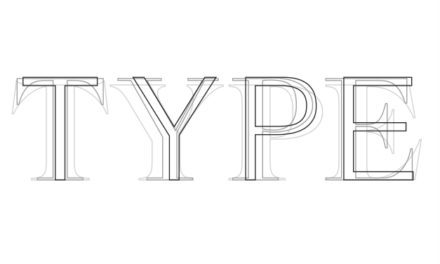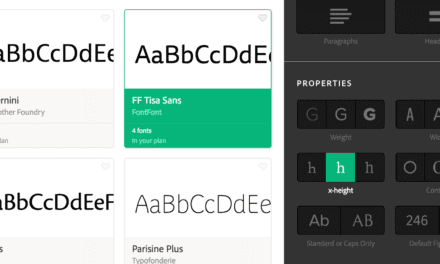ARTICLE SUMMARY: Dark patterns. They are out there waiting for the unsuspecting visitor, the sad part is most of them are deliberate. There are designers who aim to benefit the business, often at the expense of the user.
Nudges are generally considered ethical when they are transparent, respect user autonomy, and are intended to benefit the user. The ethicality of a nudge depends on its transparency and alignment with user interests. As designers this is what we strive for.
“Dark patterns versus behavioural nudges in UX” by Andrew Tipp looks at the differences between the two and gives us direction on where to draw the ethical line in our designs. He looks at
- What are dark patterns
- What are behavioural nudges
- The uncomfortable grey areas
Dark patterns aim to benefit the business, often at the expense of the user, eroding user trust over time. They are considered unethical due to deceptive nature that is often misleading and lacking transparency. Once trust is broken it’a almost impossible to restore and hurting your bottom line.
We should also consider that not all dark pattern practitioners are gleefully deploying Death Stars of deception across the web. Many designers with the best of intentions are restricted in their capacity to act ethically due to commercial pressures, and end up manipulating users. Real people are flawed, and are neither the heroes or villains of morality tales.
While both dark patterns and behavioral nudges influence user behavior, their ethical implications and impact on user experience are vastly different. Designers should strive to use behavioral nudges to enhance user experience and trust, while avoiding dark patterns that manipulate and deceive users. Ethical UX design prioritizes user autonomy, transparency, and the alignment of business goals with the well-being of users.
This is a well written and informative article that should be read by all designers. Let us know what you think in the comments.




